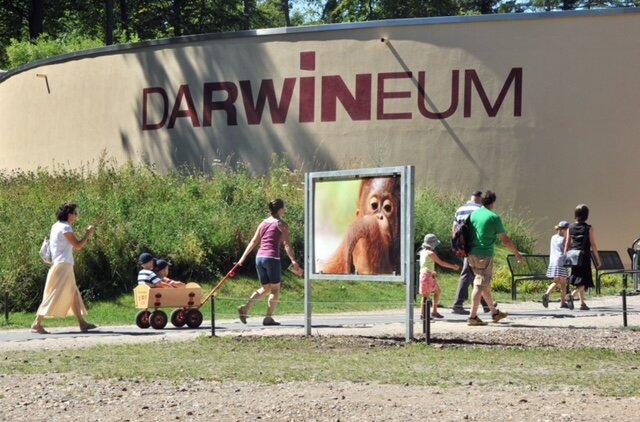Germany: Rostock Zoo Celebrates 10th Anniversary of Its Darwineum Tropical House
Ten years ago, on September 7, 2012, the British anthropologist Dr. Felix Padel (great-great-grandson of the naturalist Charles Darwin, 1809-1882) inaugurated the “Darwineum” tropical house at Rostock Zoo during an official opening event, in which a considerable sum of around 30 million euros had been invested. One day later, the first visitors explored the “living museum” with its various exhibition areas and the tropical hall. Today, the zoo is celebrating the tenth anniversary of the attraction, which provides habitat especially for endangered species, with special events and several live feedings.
“More than five million guests have visited the Darwineum since it opened. The so far unique combination of a time travel through evolution with the keeping of endangered animal species and the sensitization for nature and species protection is a Rostock success story that radiates far beyond the Hanseatic and university city. In addition, we have been able to greatly expand educational, children’s and youth work with the opportunities provided by the Darwineum. We are delighted that the Darwineum continues to be very popular and attracts many guests from all over the world. Together with the Polarium, which opened six years later, the zoo has not only set standards but also laid the foundation for the zoo of the future in Rostock,” says zoo director Antje Angeli.
Right from the start, the Darwineum was designed with changing exhibitions so that it could be developed further and thus always remain interesting for returning guests. The animal population has also grown. “We started in 2012 with 71 species and 1,565 animals,” reports mammal curator Daniela Lahn. “Now, the Darwineum is home to 199 species and around 4,000 animals, with the majority of them located in the coral reef and the other aquariums. Internationally, Rostock Zoo has made a name for itself with the Darwineum in specialized jellyfish breeding. The development of the animal population in the great apes is also a reason to be proud. The number of animals in the two orangutan groups has increased from a total of six in the beginning to eleven in the meantime. Ten years ago, there were six gorillas in two groups. Today there are eight,” the curator proudly sums up. (eap)







